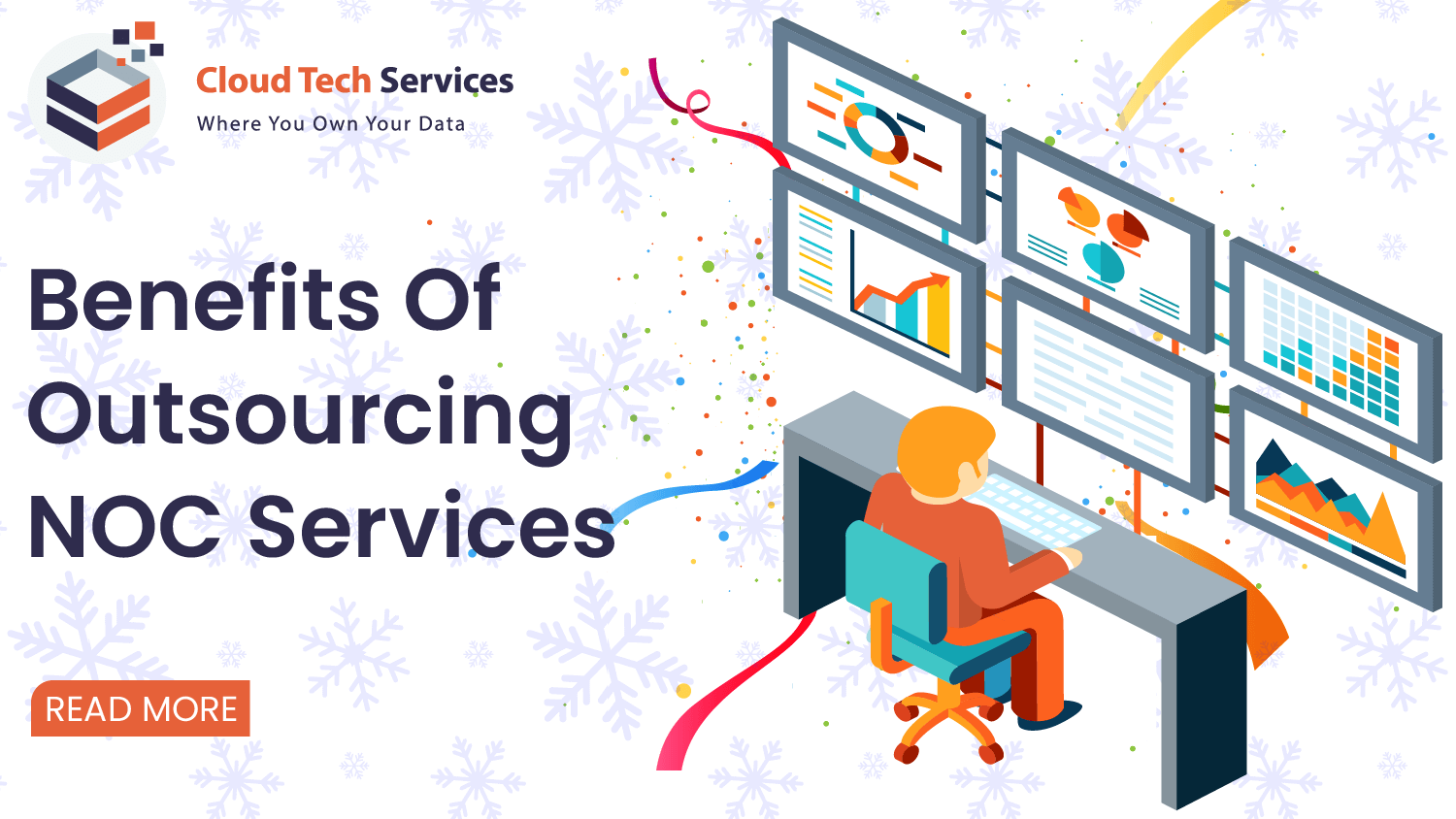Application Monitoring and Performance Management
Monitor application performance and identify bottlenecks for enhanced efficiency.

- Monitoring | Analysis | Triage | Assessments | Remediation | Advisory | Reporting
Why Choose Us?
The Vital Role of Application Monitoring and Performance Management
Application Monitoring and Performance Management plays a vital role in ensuring the optimal functioning of software applications within organizations. It involves real-time monitoring of application performance, tracking key metrics like response times and resource utilization. By proactively detecting issues and bottlenecks, it minimizes downtime and ensures smooth user experiences.
This management approach facilitates timely identification and resolution of performance-related problems, improving application reliability and availability. It empowers IT teams to optimize resource allocation, scaling applications to meet changing demands effectively. With comprehensive insights into application behavior, it enables data-driven decision-making for enhancing overall system performance. Ultimately, Application Monitoring and Performance Management enhances user satisfaction, maximizes productivity, and drives business success through efficient and high-performing applications.
Peak Performance, Real-time Insights: Application Monitoring
Application Monitoring and Performance Management
- Application Monitoring Setup: Setting up monitoring tools and configuring application performance metrics and thresholds.
- Incident Triage: Initial assessment and classification of application performance-related incidents, followed by appropriate escalation or resolution.
- Performance Monitoring: Continuously monitoring application performance metrics, such as response times, throughput, and resource utilization.
- Alerting and Event Management: Configuring alerting mechanisms to notify appropriate personnel when performance thresholds are breached.
- Baseline Performance Analysis: Establishing baseline performance metrics and analyzing deviations from expected performance levels.
- Performance Diagnostics: Analyzing and diagnosing performance issues, identifying root causes, and recommending remedial actions.
- Performance Tuning: Optimizing application settings, configurations, and resources to improve performance and scalability.
- Capacity Planning: Assessing future capacity needs based on performance trends and recommending scaling resources.
- Application Profiling and Analysis: Profiling application code and identifying areas for optimization or refactoring to enhance performance.
- Database Performance Management: Monitoring and optimizing database queries and performance to improve application responsiveness.
- Third-Party Integration Monitoring: Monitoring the performance of third-party integrations and identifying any performance-related issues.
- Performance Reporting and Analytics: Providing regular reports and insights on application performance trends, bottlenecks, and improvement recommendations.
- Performance Testing Support: Assisting in planning and conducting performance testing to validate application scalability and identify performance limits.
- Continuous Performance Improvement: Implementing continuous improvement practices to monitor and enhance application performance over time.
Why Choose Us?
Tailored IT Solutions for Your Success

Exceptional Expertise
With over four decades of extensive experience, our team of IT professionals continually strives to deliver the most suitable solution for your diverse IT needs.

Business Efficiency
Our expertise in a wide range of IT solutions empowers businesses by extending their in-house IT capabilities to simplify business operations and improve efficiency.

Flexible Engagement Models
Every organization has unique requirements. Our flexible engagement models and scalable solutions empower you to adapt and scale your IT capabilities.

Industry Best Practices
We stay at the forefront of technological advancements and methodologies to deliver innovative, future-ready IT Solutions and managed services.
Get To Know
Our Process
Step 1
Evaluate
Identify your IT needs, compare managed IT service providers, and select the best fit for your business.
Step 2
Transition
The process of moving from an in-house IT infrastructure to a managed IT service provider.
Step 3
Deployment
The process of deploying managed IT services to your business, including planning, configuration, testing, and deployment.














